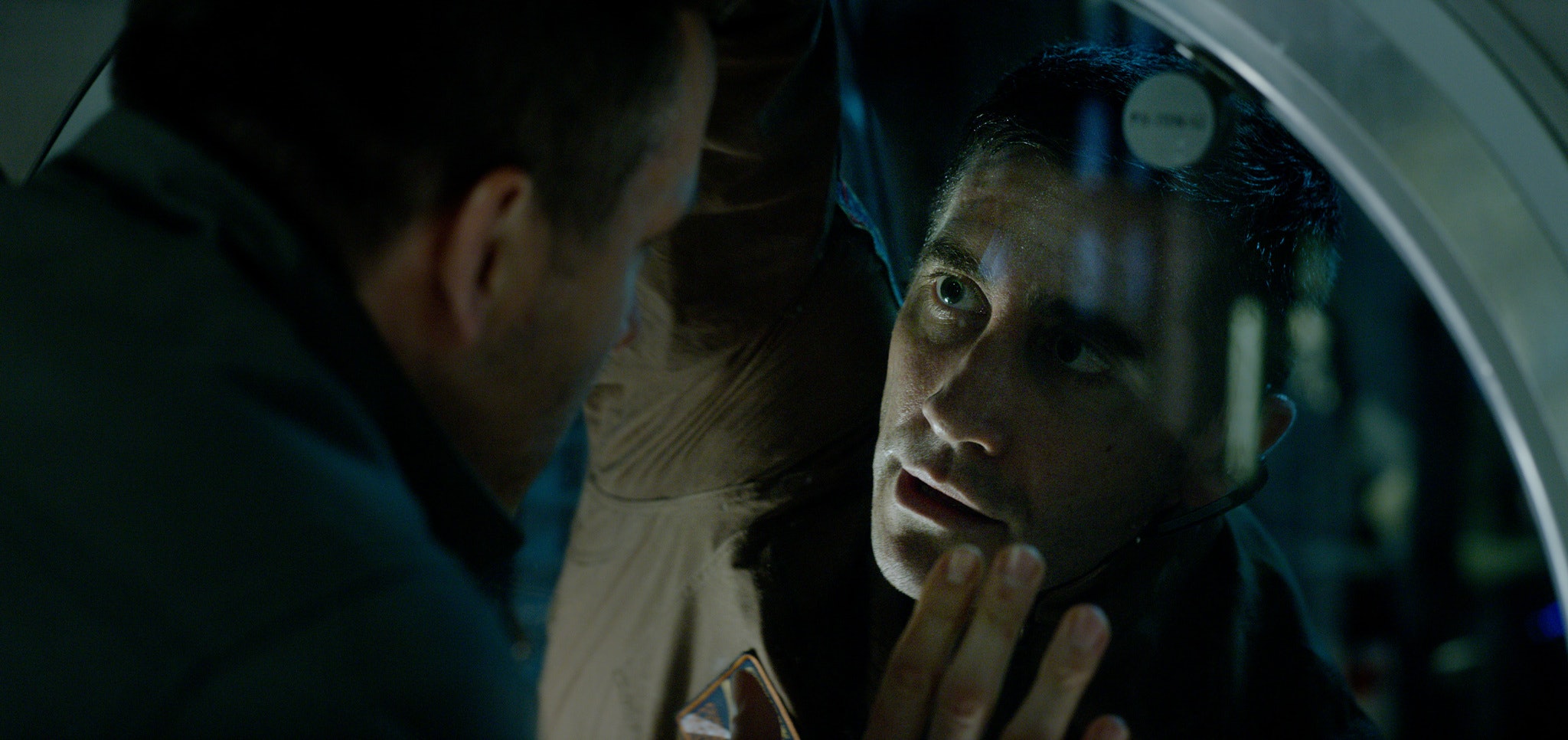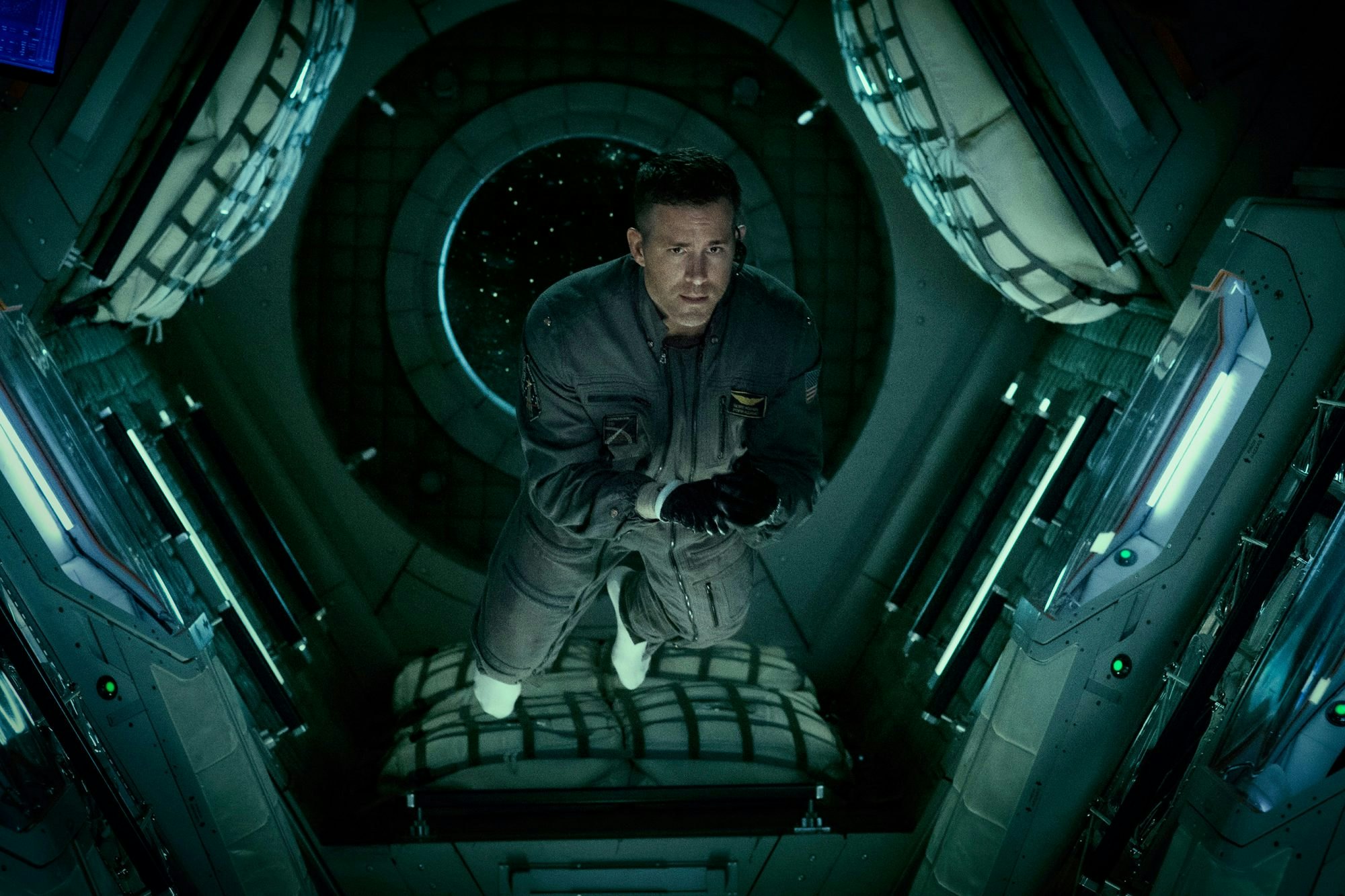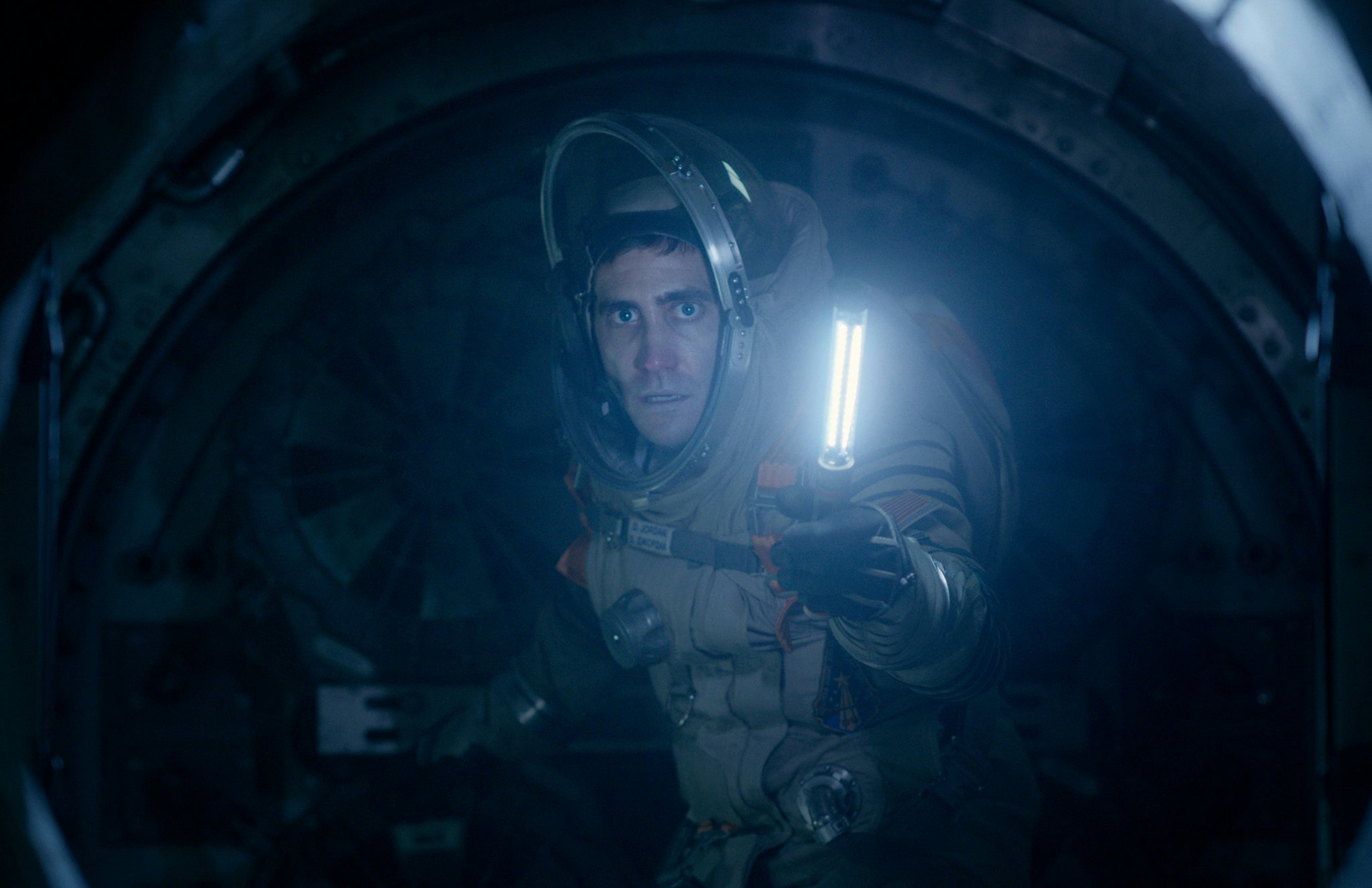
If filmmakers are going to shamelessly lift premises for their movies, they might as well lift from the best. In the 40-plus years since it was released, Ridley Scott’s Alien has inspired dozens of imitators, most of which can’t come close to Scott’s sci-fi horror masterpiece. Still, the idea of a deadly alien presence loose on a self-contained spaceship is simple enough to offer plenty of twists and be realized with relatively modest resources.
So it’s no surprise that filmmakers are still borrowing from it. And in the hands of accomplished filmmakers with a decent budget and a talented cast, a riff on Alien can be an entirely satisfying film in its own right.
No one is going to place 2017’s Life on Alien’s level, but it’s an effective take on the story, with tense set pieces, impressive creature design, and strong performances from actors who elevate the sometimes basic material. Even viewers who know Alien by heart can find themselves caught up in the way director Daniel Espinosa and screenwriters Rhett Reese and Paul Wernick tell their story.
Unlike Alien, Life doesn’t take place in deep space in the far future. It’s set very close to the present, on a space station orbiting Earth. That provides an extra sense of urgency when a deadly alien is wreaking havoc because there’s every chance of that alien heading to the surface and potentially destroying humanity. The lives at stake here aren’t just the six crew members aboard the International Space Station, but also the billions of people below.
Life begins with a sense of wonder, both for the audience and the characters. Out of a vast field of stars, the camera hones in on a capsule bound for the ISS. There, the crew awaits samples collected from Mars, possibly containing the first proof of life on other planets. Espinosa immediately conveys the skill and dedication of the crew as they prepare for a spacewalk so they can retrieve the capsule, which was knocked off-course by debris. Cinematographer Seamus McGarvey weaves his camera through the cramped passageways of the ISS in a fluid single shot that shows the crew working harmoniously and efficiently.

Once the samples are onboard, British exobiologist Hugh Derry (Ariyon Bakare) works diligently to extract a single-celled organism from the soil and give it just the right stimulation to reanimate it. His colleagues watch in awe from behind a carefully sealed door, a so-called firewall overseen by British science officer Miranda North (Rebecca Ferguson) to ensure the safety of humans interacting with alien life. Anyone not aware that Life is a horror movie might even share in the moment of triumph as the organism starts to move.
Of course, it’s obvious things aren’t going to turn out well for the ISS crew as they continue to study the organism, dubbed Calvin by a group of contest-winning schoolchildren back on Earth. It’s also obvious that when an equipment malfunction deprives Calvin of oxygen and reverts it back to an inert state, administering electric shocks to revive it is not a good idea. By the time Miranda is marveling, “It’s so much bigger,” the humans are more or less doomed.

Even so, there’s plenty of well-crafted suspense and action along the way, and the characters come off as more than just fodder for alien ingestion. Ryan Reynolds gets in a few of his signature wisecracks as engineer Rory Adams, and an international supporting cast including Hiroyuki Sanada and Olga Dihovichnaya brings some depth to relatively underwritten roles.
Along with Ferguson, Jake Gyllenhaal forms the heart of the movie as American medical officer David Jordan, who’s about to set a record for time spent in space and has no desire to return to Earth any time soon. Amid the techno-babble and pseudo-philosophical musings, Ferguson and Gyllenhaal ground Life in recognizable human emotion.

It helps that the physical space feels genuine, and even Calvin looks like a slightly more sinister version of something high school students might study in biology class. No matter how big it gets, it never looks like a cartoonish monster, and the special effects throughout Life are seamless and convincing. The characters believably float through the ISS in zero gravity, and it almost never feels like they’re just passing in front of a CGI backdrop.
All of that helps compensate for some of the questionable decision-making as the threat from Calvin becomes increasingly dire, or the slightly confusing plans that keep getting formulated and reformulated as circumstances change. Life isn’t as elegant as Alien, and it isn’t going to spawn a decades-long franchise. It’s a solid, slickly made sci-fi movie with an admirably bleak and brutal tone. That’s not a bad use of a classic premise.
Life is streaming on Amazon via Starz.







